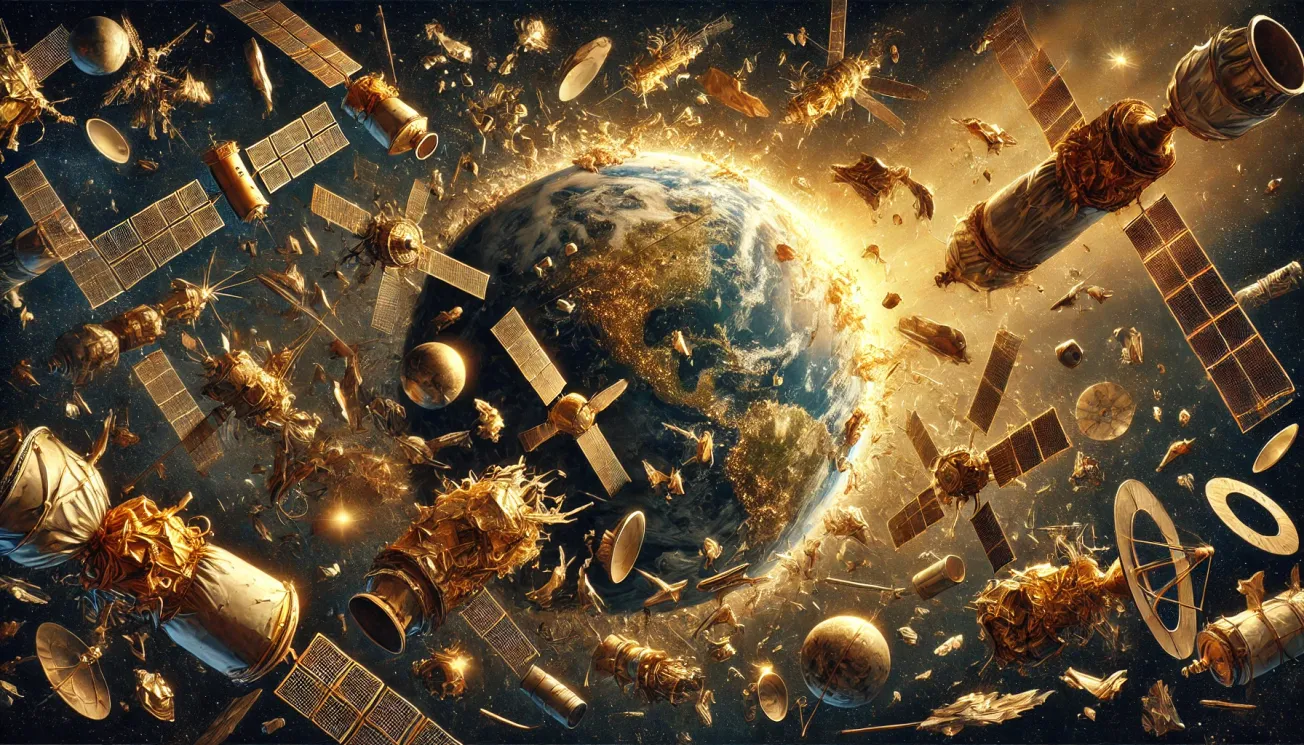Imagine waking tomorrow to a silent, disconnected world—GPS unresponsive, global communications severed, satellite-driven weather forecasts gone. This scenario isn't just plausible; it's disturbingly possible thanks to a catastrophic chain reaction in orbit called Kessler Syndrome.
The Moment Donald Kessler Saw the Future
In 1978, NASA scientist Donald J. Kessler made a chilling prediction. While working at the Johnson Space Center in Houston, he observed something unsettling: humanity’s growing dependence on satellites was quickly filling Earth's orbit with abandoned spacecraft and debris.
At the height of the Cold War-era space race, space agencies prioritized launching satellites—not cleaning up after them. Debris accumulated quietly. Kessler realized this buildup had a dangerous tipping point: once the density of debris reached a critical level, collisions would become inevitable. Each collision would spawn thousands of smaller fragments, setting off an uncontrollable chain reaction—rendering Earth's orbit perilous and potentially inaccessible.
Kessler’s warning was clear: if we didn't change course, we'd risk trapping ourselves on Earth.
Why Kessler’s Warning Matters Today More Than Ever
Almost half a century later, Kessler’s dire vision is becoming reality. Over half a million pieces of debris circle our planet at blistering speeds of up to 17,500 mph. Even small fragments can destroy satellites, disrupt global communications, and endanger astronauts’ lives.
Companies like SpaceX and Amazon, pursuing vast satellite constellations, are rapidly crowding orbit. This increased traffic multiplies collision risks dramatically, pushing us closer to the edge of Kessler’s domino scenario every day.
Astronauts on the Frontline: Near-Collisions in Orbit
Astronauts have already experienced the terrifying reality Kessler foresaw. Astronauts aboard the International Space Station (ISS) regularly perform evasive maneuvers to avoid collisions. NASA astronaut Scott Kelly described his experience vividly:
"You're always aware there's debris up there, traveling at unbelievable speeds. Several times we had to shelter in emergency spacecraft because debris came too close. In orbit, there’s no escaping the reality—we’ve cluttered our environment dangerously."
This isn’t theoretical—this is happening right now.
Early Warning Signs: Collisions Already Happening
In 2009, Kessler’s worst-case scenario became alarmingly real. Russia’s defunct Cosmos 2251 satellite collided head-on with the active Iridium 33 satellite. Thousands of new debris fragments were unleashed into orbit, dramatically escalating collision threats. Each piece added momentum toward Kessler’s catastrophic prediction.
How We Can Still Avoid Kessler Syndrome
Fortunately, solutions exist. Active orbital cleanup missions, international cooperation, and strict regulations offer hope:
- ESA’s ClearSpace-1 Mission (Europe) and Astroscale’s ELSA-d (Japan) are pioneering debris-removal technologies.
- Orbit Fab’s orbital refueling stations aim to extend satellite lifespans, reducing new debris creation.
- Global regulatory frameworks now enforce satellite disposal and debris mitigation.
These steps are encouraging—but they need significant support and commitment.
Your Role in Preventing Orbital Catastrophe
The solution to avoiding Kessler Syndrome begins with awareness. By educating ourselves and others, advocating for responsible space policies, and demanding action from governments and private companies, we can prevent this orbital disaster.
The stars have always symbolized humanity’s potential. Let’s not let carelessness cost us the cosmos. Donald Kessler gave us a warning; it's up to us to heed it.






